My advice for those of you who are into cars (and how the sausage is made): Absorb everything you can about Jamison “Jam” Handy.
He ran the independent media house responsible for hundreds of pseudo-educational films produced by the Jam Handy Organization for more than 50 years, starting in 1911.
By all accounts, Jam was a remarkable person—but instead of overwhelming you in trying to skim through his entire life, I’ll zero in on a few points that I find fascinating and illustrative.
Here’s the key: there was no internet, or Google, 5G connections, email, or social media when Jam Handy was alive; the concepts his company were hired to convey by corporations were presented as completely factual information.
In 1886, Jamison “Jam” Handy was born into privilege.
Not just in race and relative wealth, but the privilege of gaining experience through education. His father, Moses P. Handy was a former Confederate soldier who, once the Civil War was over, went door to door with copies of The Life Of Stonewall Jackson.
A talent for writing and reporting led Moses to various gigs as newspaper editors, with a most interesting three-year blip as the chief PR agent of the World's Columbian Exposition at Chicago from 1891–1893.
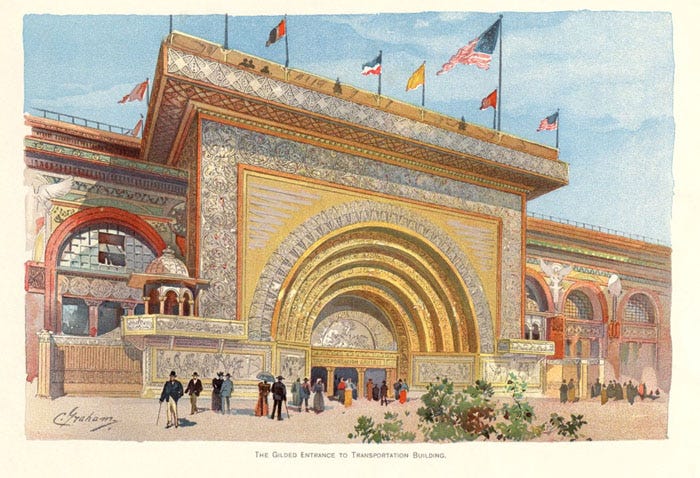
Instead of enrolling his son in school, Moses had his five-year-old spend time—take-your-kid-to-work style—at the Exposition.
For months prior to its opening in 1891 until its end in October 1893, this was Jam Handy’s education. No doubt: he’d have learned far more from the plaques alone than from textbooks of the era.
What did little Jam get to experience? It would have been a wild few years:
- Frederick Douglass-led protests over a near-complete lack of black representation;
- The world’s first Ferris Wheel;
- La Pinta, La Gallega (Santa María), and Santa Clara (Niña) replicas were sent from Spain and Norway sailed over(!) a replica of the legendary 9th century Gokstad (Viking) Ship;
- A steam locomotive was present, the John Bull, loaned by the Smithsonian;
- A special Parliament of the World’s Religions, the actual first time representatives from Eastern and Western religions met formally;
- Several electrical devices developed and demonstrated by the Nikola Tesla;
- Lectures by motion picture pioneer Eadweard Muybridge—in the world’s first commercial movie theatre;
- Live readings by Frederick Jackson Turner of the influential, ‘white exceptionalist’-driven Frontier Thesis;
- The first aerosol spray was demonstrated, and the first automatic dishwasher;
- The War of the Currents between Thomas Edison (DC) and George Westinghouse (AC), both battling to set the standard for electrical current;
- Hungry for more? Wikipedia says the Exhibition was where the baked chocolate brownie(!), the Hershey’s chocolate range, Pabst Blue Ribbon beer, Cream of Wheat, Quaker Oats, and Juicy Fruit Gum debuted;
- Finally, Harry Houdini(!!!) was performing live magic shows from the midway.
Who knows which of these wonders Jam retained from his formative years, but once enrolled in formal education, he was at the University of Michigan, prodigy-like, by age 17.
We come to the second thing I find truly remarkable about Jam: he was expelled from the university for writing an article for the Chicago Tribune that was later denounced by the school administration as “fake news”.
This suspension from U of M means Jam never earned a college degree. To make ends meet during his studies and after his expulsion, he earned money as a correspondent. Subsequent journalism and corporate communications jobs advanced his career to where he founded the Jam Handy Organization in 1911.
If you were a driven, early pioneer of industrial and educational films, a great place to set up shop would be down the street from General Motors.
And so Jam moved his company from Chicago to Detroit in 1935 in order to serve one of the world’s largest companies and its many divisions.
GM, for their part, commissioned hundreds of original films from the Jam Handy Organization. The U.S. military booked more than 7,000 during World War 2.
The Jam Handy Organization had more than 400 employees devoted to making what were known as—I kid you not—Capitalist Realist Dramas.
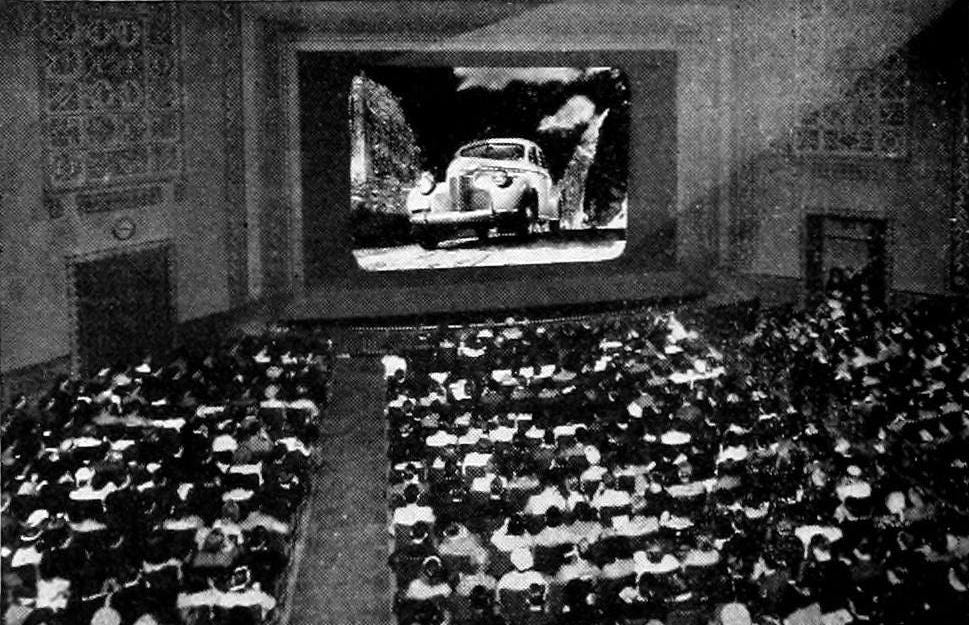
These shorts were shown to audiences before theatrical releases, in car dealerships, in military briefing rooms and beyond—and among a certain generation of consumer, their collective impact is significant.
To put this into perspective, even as of early 2023, the Walt Disney Company hasn’t yet created 100 feature films. (Walt Disney Animation Studios has, however, created more than 500 animated shorts over its 100+ year existence.)
In its heyday, Jam and the Jam Handy Organization had more than 400 employees devoted to making what were known as—I kid you not—Capitalist Realist Dramas.
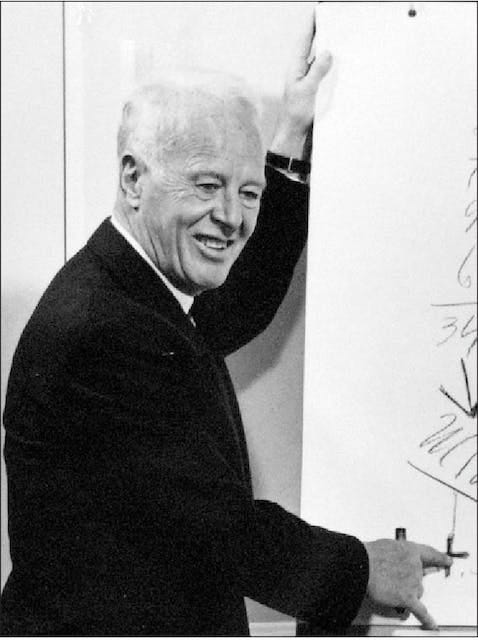
Here’s the key: there was no internet, or Google, 5G connections, email, or social media when Jam Handy was alive; the concepts his company were hired to convey by corporations were presented as completely factual information.
Capitalist Realist Dramas were as real and trusted as newsreels.
Importantly, if you were sitting at a desk near the top of the General Motors Building (now Detroit’s landmark Cadillac Place), it was the best kind of sponsored information: the unimpeachable kind.
Advanced concepts like aerodynamics, fossil fuels, sales, safety…all filmed, acted, and created with an eye for their true customers: the very companies specializing in mass-produced products, and the general public those companies hoped to influence.
The Jam Handy Organization was just the perfect high-achieving one-stop-shop for these titans, led by a whip-smart, no bullshit master of communication (and actual two-time Olympic medalist)…Jamison Handy.
If persuasion is an art form, Jam was the Picasso of propaganda.
Thank you for reading may I drive your car? This post is public so feel free to share it!
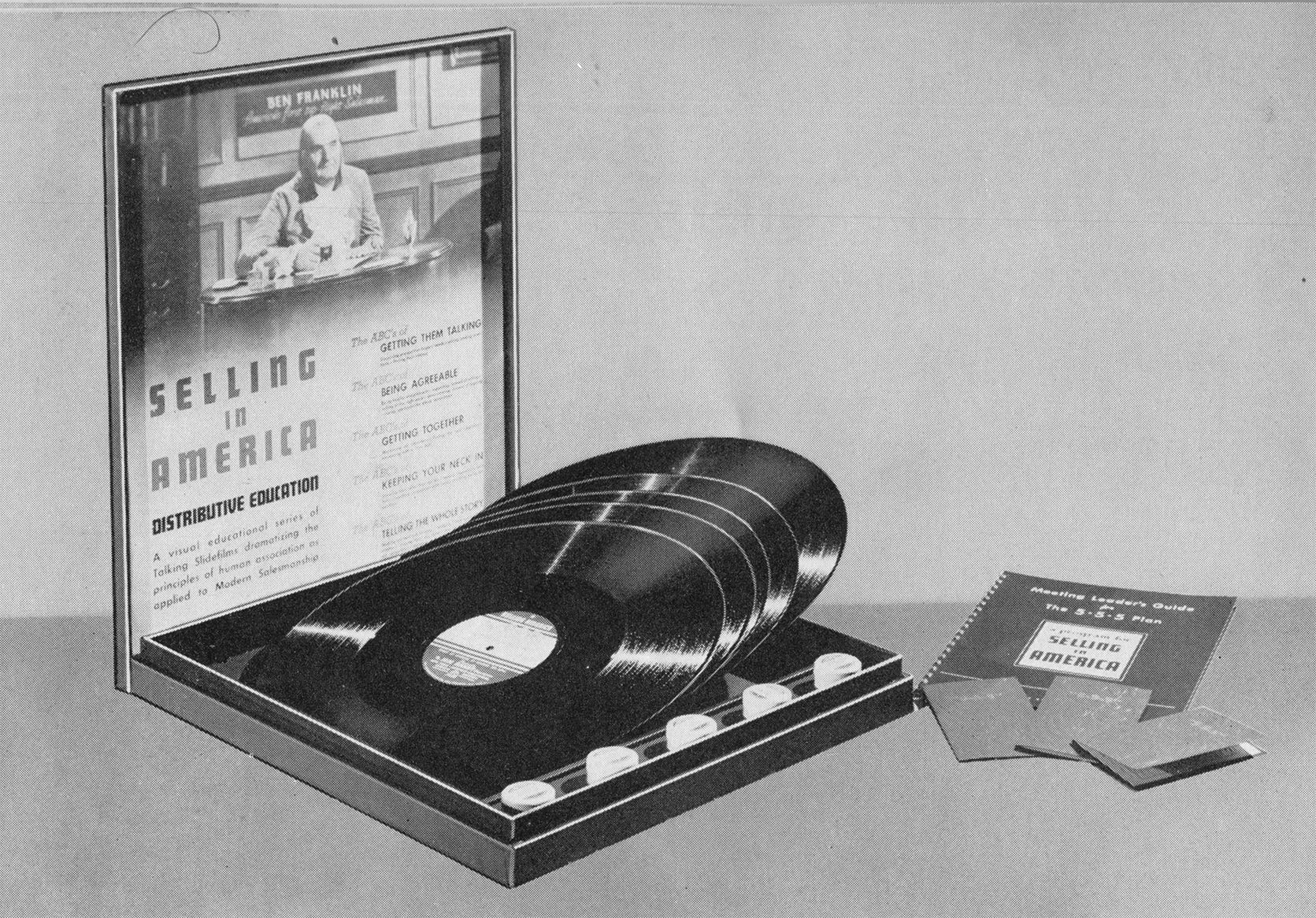
There were so many Jam Handy-produced films, in so many formats and places, that I feel only a small number of people truly grasp their impact. Presented here are a few notable examples, but they represent only the tip of a Titanic-sinking iceberg.
If your parents and grandparents were around after the Second World War, chances are they’ve seen at least a few of them.
Are these relics partly to blame for how people in the U.S. and Canada perceive the work of large corporations, even today? I think so.
Moreover, modern PR and marketing shops that create content are borrowing from this playbook without even realizing it: as long as the cheque clears, who’s to question a company’s product claims? Who at these modern-day production firms pushes back on messages that downplay the role of automobiles in public health discourse, and toward climate change? (Adding Co2 numbers and disclaimers readable by ants doesn’t count.)
We still have plenty of time to comb through the archives, unfurl the impacts of his work, laugh at a few stinkers, and call out the blatant sexism.
Audiences who were exposed to these films—in theatres, car dealerships, during mandatory training, and beyond—had no such luxury of clicking away to the next webpage or YouTube video.
Funny enough, the long-defunct Jam Handy Organization’s expansive former sound stages in Detroit can now be rented out for weddings.
For now, consider browsing a few YouTube playlists featuring Jam Handy-produced films, taking note of how familiar many of them seem. The characters, the dialogue, the tropes, the camera angles—it’s a free crash course on the modern art of mass persuasion…
…if you can sit through the music provided by one of the two full orchestras the company had at its zenith, that is.
Have a favorite Jam Handy Organization film? Please, share it in the comments!
More
- Watch Jam Handy films at the Rick Prelinger Archives (archive.org)
- Automotive Wayback Machine: The Jam Handy Organization Archive (ttac.org)
- Jam Handy (wikipedia.org)
- In 2021, Ronnie Scheiber wrote a two-part series on Detroit-based PR firms (1, 2) that’s worth reading! He details the earlier work of the Ford Photographic Department, itself a force in industrial films with more than 2,000 created.
- The Jam Handy building (Instagram)



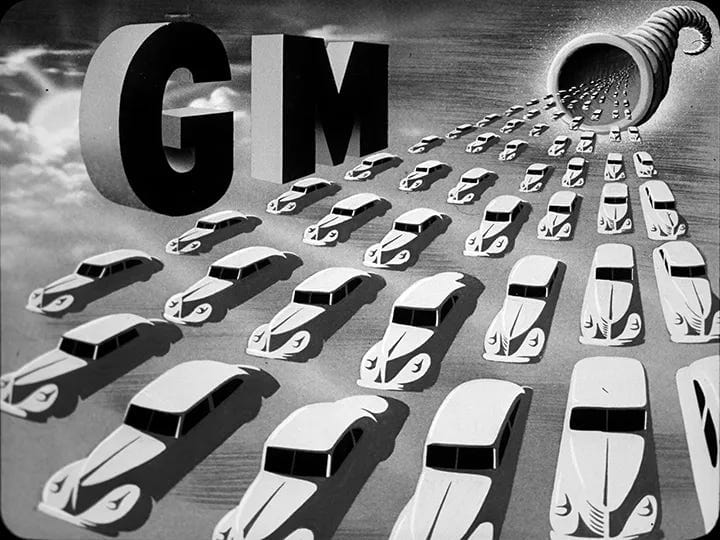

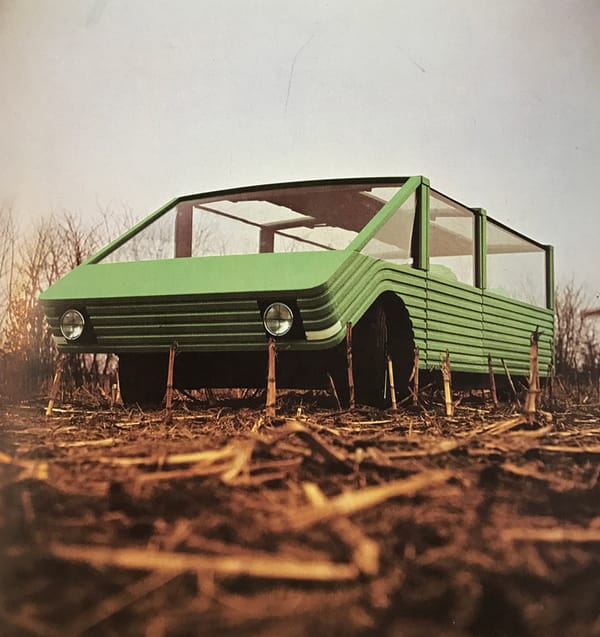
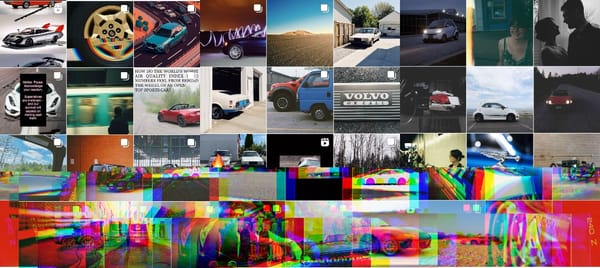
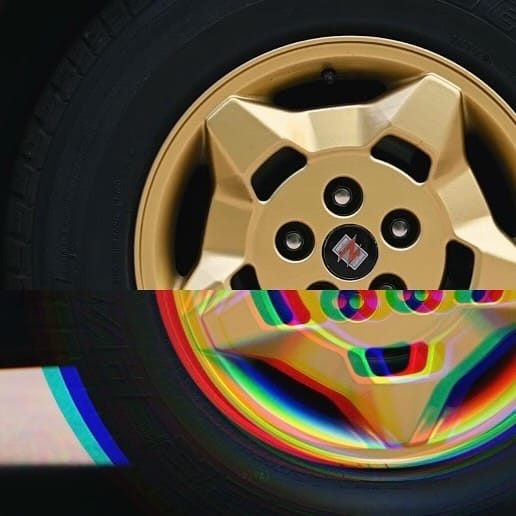

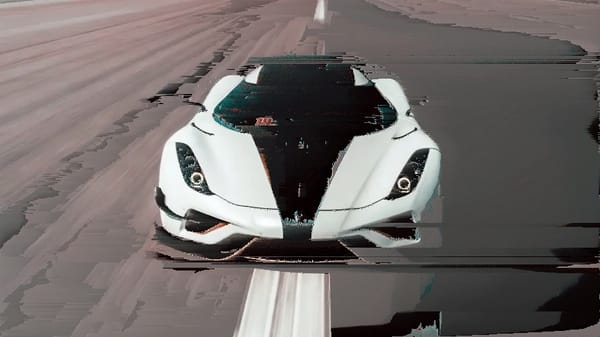
Member discussion